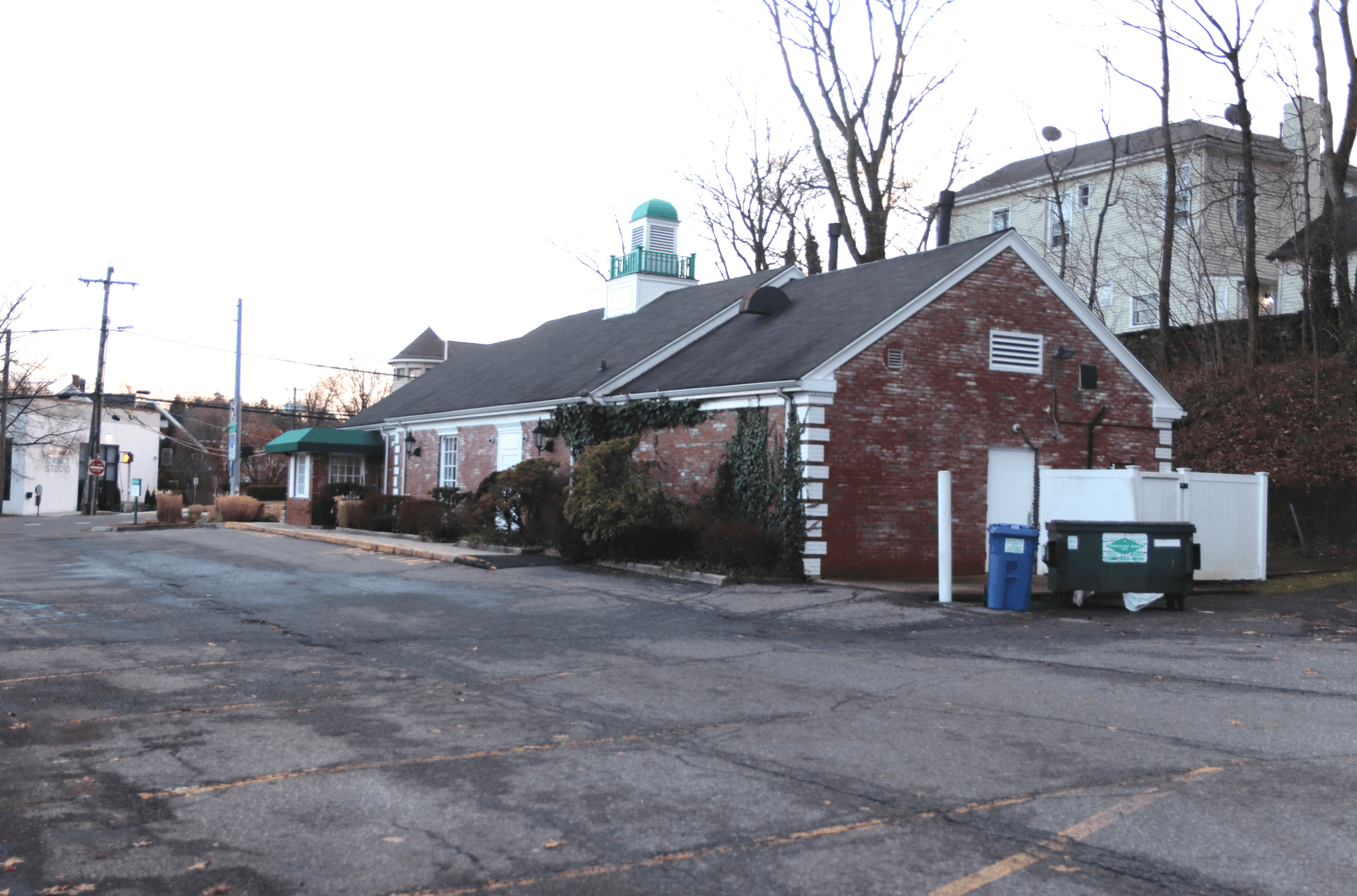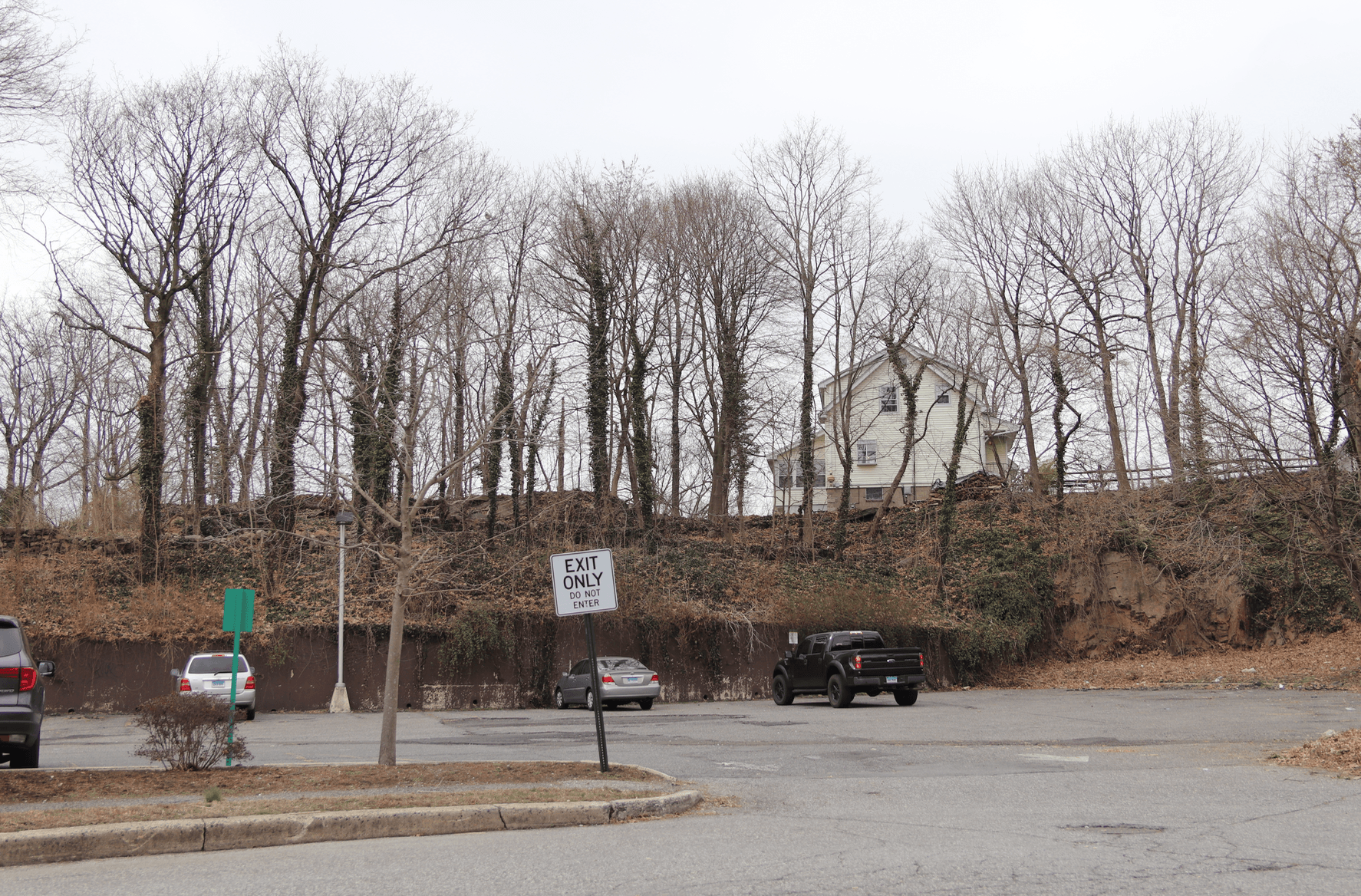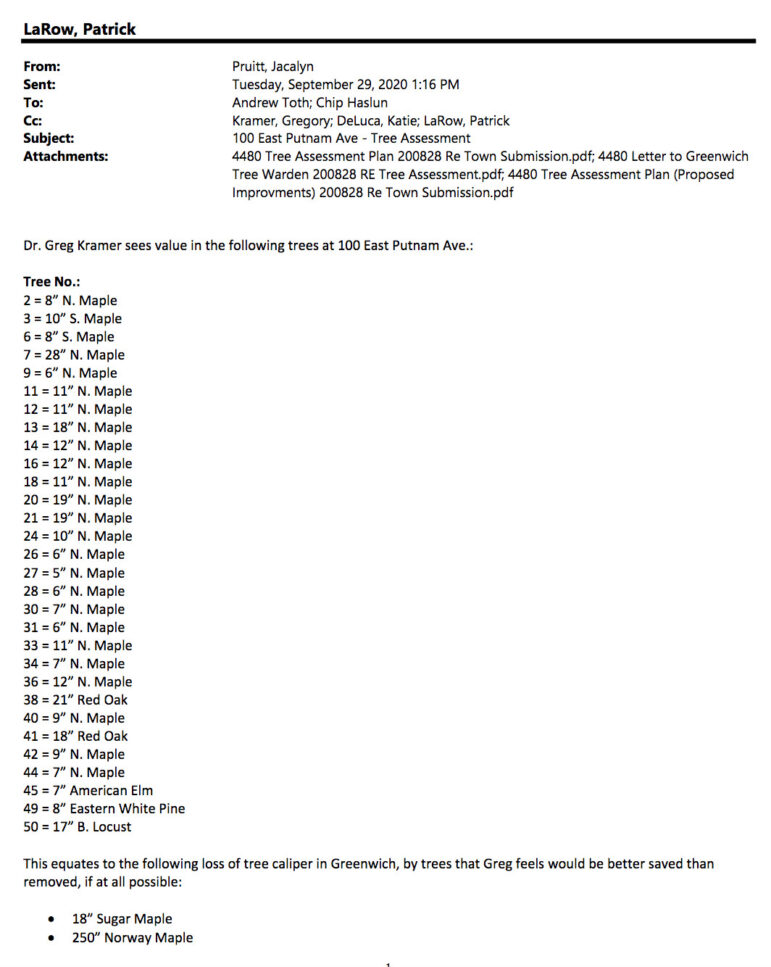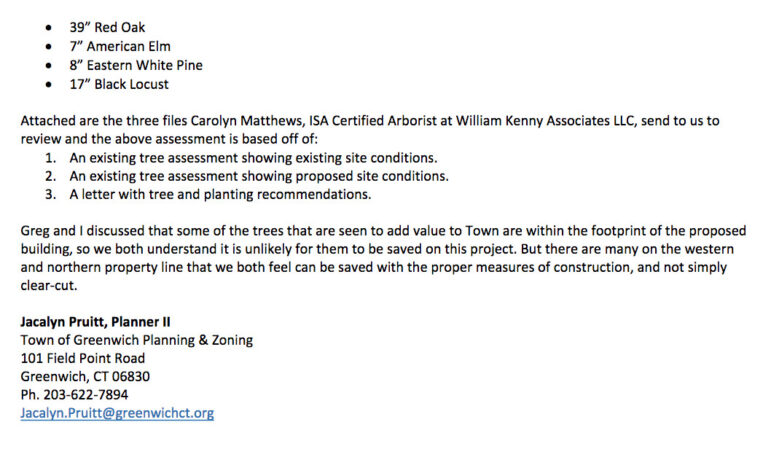On Jan 5, after reviewing two proposals for developments submitted under the State of CT affordable housing statute 8-30g (28 Hollow Wood and 4 Orchard in Cos Cob) the P&Z commission reviewed an application for moderate or “workforce” housing.
The application was submitted under Section 6-110 of the town’s building zone regs before a moratorium was issued.
The developer Andrew Toth seeks to demolish the former Friendly’s building (now home to M&T Bank) at 100 East Putnam Ave in Cos Cob and create a 3-story building with 2 commercial spaces on the ground floor. M&T Bank would remain at the location in addition to a retail space.
The second and third floors would have 22 residential units (8 one-bedroom units and 14 two-bedroom units), of which 5 will be for residents of moderate income per 6-110.
The existing building is 2,581 sq ft.
The proposed building will be 28,353.04 sq ft.


Parking would be accessed from Taylor Drive, which many consider the entrance to CVS. There will be 49 parking spaces plus 2 ADA spaces to replace the existing 35.
Attorney Chip Haslun noted the project had already gone through five iterations since it was first submitted a year earlier on Jan 7, 2020.
Most of the discussion focused on cutting down of trees on the property. Mr. Haslun noted the commission had asked for more foliage to be retained on top of the ridge behind to the west and north of the development.
Representing the applicant was Carolyn Matthews, ecologist and arborist with William Kenny Associates (landscape architects based in Fairfield).
Ms Matthews said she had walked the property with tree warden Town of Greenwich Tree Warden Dr. Greg Kramer and and Jackie Pruitt, a Planner from P&Z, to look at trees that might be “of value” to retain.
Haslun said Dr. Kramer and Ms Pruitt “realized some things of value weren’t necessarily savable because they were in the footprint of the building or envelope of the construction.”
Most of the discussion on Tuesday focused on cutting down of trees on the property.
Fifty trees were assessed on the property. The majority of trees are on a steep rock- ledge.*
Carolyn Matthews said her assessment was that the trees were primarily invasive Norway Maples.
She said the tree warden gave a list of trees he believed had value. From that list, she said there were just 10 trees outside the building footprint.
She said 6 trees were along the western bank, but needed to come down because they were “within the limit of disturbance” and excavation would be occur very close, if not within those trees.
In the end, Matthews said that out of the long list of trees tree warden Dr. Kramer said “had value,” she recommended retaining just 4 trees.
She said many needed to be removed because they were either growing in ledge and leaning toward the building, or in poor condition, due to being on the steep rock slope and having a limited rooting zone.
“The trees are showing defects,” she said. “Basal decay, hollowness of the trees, torsion cracks, which is the tree being stressed because it is trying to grow vertically on a slope when gravity is pulling it down to the ground, and broken or missing limbs.”
She said some of the trees have vines growing on them.
“You can have the vines removed if that’s an issue,” P&Z chair Margarita Alban said. “You could just remove the vines. If that’s a problem for the trees, that seems like a much easier solution for everybody.”
“The vines on the trees are certainly a problem, but not as problematic as the defects at the base of the trees,” Matthews replied.
Matthews said the 4 trees with “potential for preservation,” were on the northwestern corner of the property, and included one 39″ Northern Red Oak, a native tree.
She said two were “invasive Norway Maple” trees she recommended removing in favor of a native planting plan to “provide higher ecological value” compared to invasive trees that don’t offer “ecological value,” and a Black Locust with vines on it. “It could be kept if desired,” she said.

“There is value to trees, yes,” Matthews acknowledged. “I consider the trees have risk and are in poor condition and therefore that risk should be mitigated.”
“Does this suggest that we are eliminating all the trees along the ridge line?” asked commissioner Peter Lowe.
Mr. Haslun said an adjacent lot that featured hundreds of trees that provided a layer of canopy.
“We’re talking about the trees on the ledge overlooking the job site on a precarious steep slope,” he said.
Lowe asked whether removing a large number of small trees, would have a significant overall effect.
Haslun said the substantial trees were over 10″ diameter.
Matthews said that beyond absorbing water, and providing both foliage and canopy, not all the trees had much “ecological value” (hosting butterflies and moths, for example) as a native planting plan would.
“When we’re talking about the ecological value of these trees, a native planting plan is vastly superior to a non native or invasive plan. There’s the question of the canopy for aesthetics and different reasons, but there’s also the ecological value in replacing that with something that in the long term will have ecological benefit, and will have the advantage of better growing conditions.”
Carolyn Matthews, ecologist and arborist with William Kenny Associates
Haslun said that even a tree that had fallen over and is rotting on the ground has some value.
“We were trying to get clarification from (Tree Warden, Dr. Greg Kramer), but he didn’t feel that was necessary to do,” Haslun said.
Jeff Scherr, a landscape architect with Granoff Architects, described the trees growing out of the ledge along northern and western property line as an existing invasive understory.
He said the proposal was to plant non invasive columnar and pollinator plants.
There was some discussion of the look of the building’s brick facade having variety without looking too “Disney.”
He noted that in the previous day’s briefing, he was surprised by commissioner Nick Macri’s comment about delineating different buildings without making them look like ‘Disney.’
Mr. Haslun said he thought that discussion on architecture was complete, having made changes to accommodate the Architectural Review Committee’s comments.
Ms Alban said just a few items were incomplete. The applicant needs DPW final approval of the traffic plan, and had to address outstanding comments from the town’s traffic consultant, BETA.
The applicant, Andrew Toth, said he was disappointed not to have Sewer Department sign off, given that it had been 15 months since the application was first submitted.
“Please, please light a fire in that department so we can get this into the end zone,” Toth said.
Ms Alban said there was a staffing shortage in the Sewer Dept.
The application was left open, and is on the Wednesday, Jan 20 P&Z agenda (5:00pm).





See also:
Jan 7, 2020
March 13, 2020
P&Z Advances Application for Moderate Income, Mixed-Use Development at Former Friendly’s
May 6, 2020